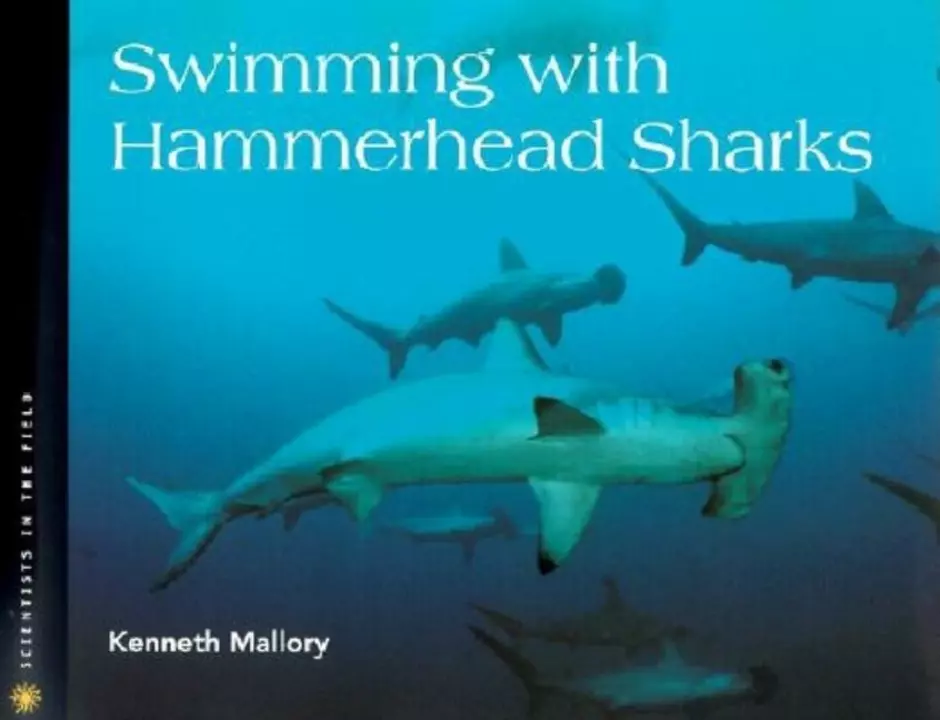Marine Wildlife Safety and Conservation: Your Practical Guide
Ever wondered how to enjoy the ocean without putting yourself or the creatures at risk? You’re not alone. Whether you’re a weekend swimmer, a snorkeler, or just love watching marine life, a few simple habits can make your time in the water safer and help keep the sea healthy. Below you’ll find easy-to‑follow advice that works for anyone, plus a quick look at a popular question: is it safe to swim with hammerhead sharks?
How to Stay Safe Around Marine Animals
Start with the basics: keep a respectful distance. Most fish, turtles, and even sharks will steer clear if you give them space. If you see a seal or a ray, stay at least three meters away – that’s about the length of a standard bike. When you’re in a group, stay close together; predators are less likely to approach a cluster of people.
Watch the water’s surface for signs of activity. Seabirds diving often mean fish are near, which can attract larger predators. If you notice a sudden splash or a shadow moving fast, it’s best to move back to shore or a boat.
When it comes to sharks, knowledge beats fear. Hammerhead sharks, for example, are generally shy and rarely target humans. The article "Is it safe to swim with hammerhead sharks?" notes that most hammerheads avoid people, but larger individuals can be more curious. If you ever share water with them, stay calm, keep your movements slow, and let a qualified guide lead the way.
Wear appropriate gear. A snug wetsuit reduces the chance of accidental snags, and bright colors can make you more visible to divers and boaters. If you’re snorkeling, a reef hook can gently move a stray fish away without hurting it.
Simple Ways to Support Ocean Conservation
Every swim is an opportunity to help the ocean. Start by picking up any litter you see – even tiny bits of plastic can harm marine life. If you’re on a beach, join local clean‑up groups; they often need extra hands and the effort adds up quickly.
Choose eco‑friendly products. Sunscreens that contain oxybenzone or octinoxate can damage coral reefs, so look for reef‑safe alternatives. Reusable water bottles and bags cut down on plastic waste that eventually ends up in the sea.
Support organizations that protect marine habitats. Whether you donate, volunteer, or share their posts, spreading the word amplifies their impact. Even small actions, like signing a petition to stop offshore drilling, can lead to big changes.
Finally, stay informed. Follow reliable sources, read up on local marine regulations, and respect any protected‑area rules. The more you know, the better you can protect both yourself and the creatures you love to watch.
Enjoying the ocean responsibly is easier than you think. Keep a safe distance, stay calm around wildlife, and make conscious choices on the shore. By doing so, you’ll have great experiences and help keep the marine world thriving for years to come.
